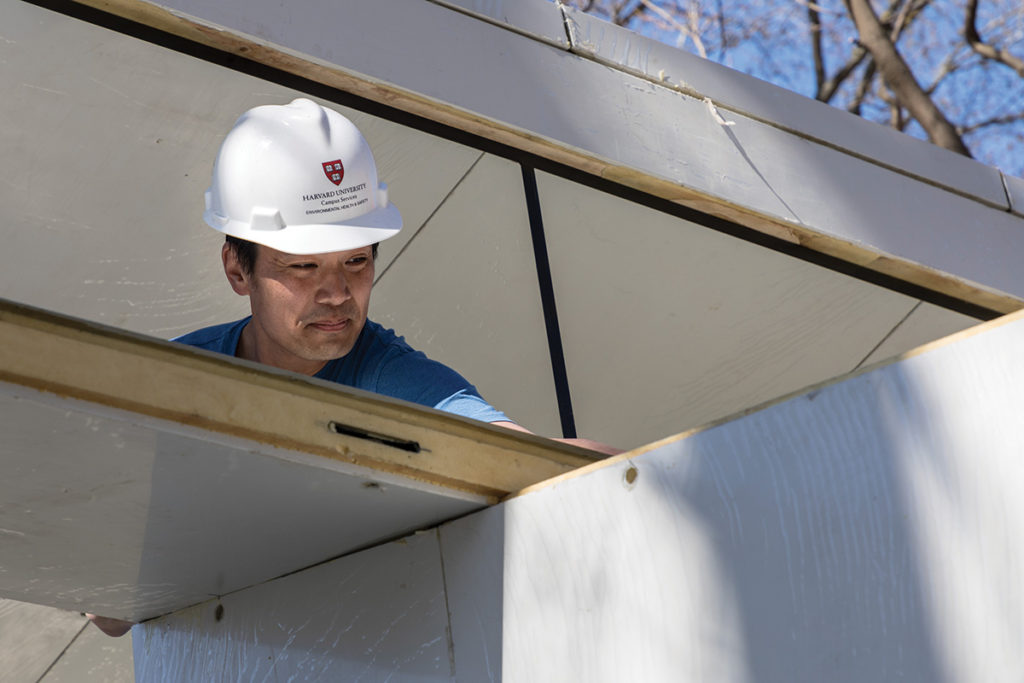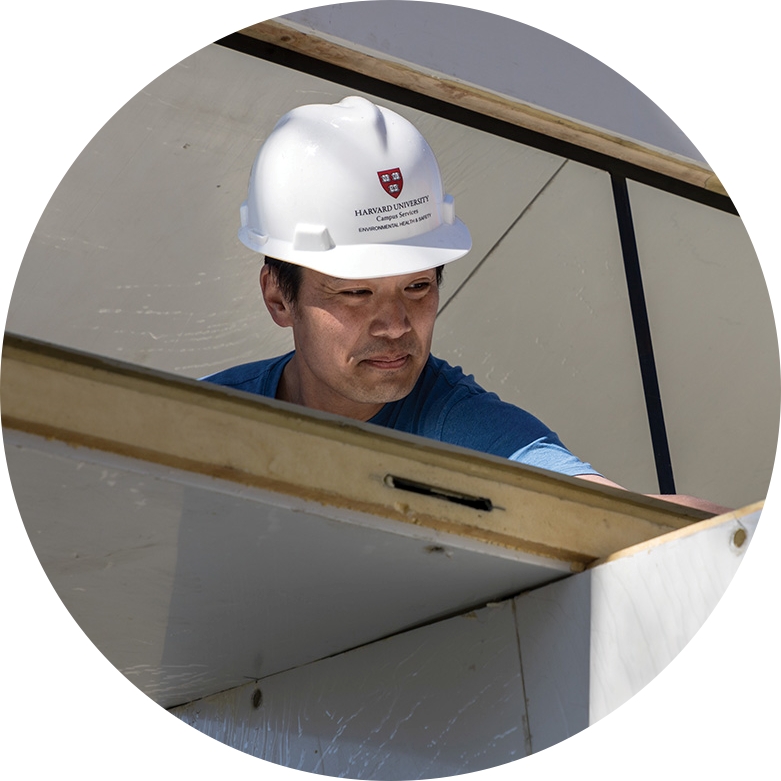James Shen
September 24, 2021
The Plugin House concept from People’s Architecture Office (PAO) started years ago as a pilot programme in Beijing, and has since expanded to other cities in China and now in the US. Several permutations and versions have developed over the years as an answer to communities’ call for solutions in the cities. Their expanding Plugin urban intervention and regeneration projects, extended to other typologies such as schools and workspaces, are not just a delight to the senses, but importantly, they work. Candice Lim from FuturArc talks to James Shen, one of the founders, who says ultimately the resolutions come from understanding the people on the ground and what their issues are; as well as having strong support by policy; and cross- disciplinary collaboration with others outside of architecture.
PAO is an international practice with offices based in Beijing, China and Boston, USA. Founded in 2010 by James Shen, He Zhe and Zang Feng, the firm is a multidisciplinary studio focused on social impact through design, particularly in the areas of housing, urban regeneration and education. PAO is the first architecture firm certified as a B-Corporation in Asia and serves as a model social enterprise. Fast Company listed PAO as one of the world’s 10 most innovative architecture companies in 2018.
CL: We have seen similar types of urban interventions in China, but the Plugin concept that you and your office have done is definitely refreshing. How did that come about?
JS: It really started in this neighbourhood that our office is in called Dashilan, in the centre of Beijing. We’re right across the street from Tiananmen Square, so, it’s a very historic area. An old neighbourhood, mostly residential, with these courtyard houses. Because it’s old, the infrastructure hasn’t been renewed; the buildings have not been renovated for a century or more. So, the conditions are poor. And people who live there are mostly of low income and elderly. So, there’s no sewage system, no insulation in the buildings and so on.
The city’s local government had an open call for ideas, and we were invited to submit. What was really important was that they brought us into this neighbourhood and they gave us great access to really understand all the issues involved, which are extremely complicated. It is the sort of historic district in a large city, with lots of complexity. Because we were given that opportunity to really investigate deeply and talk to residents, we were able to better understand the issues involved and therefore, proposed something that was useful for them.
There wasn’t really anything available—there’s not like a building product that we’d say, hey, this is something great that we can just put here. We actually looked for the building system, the materials, the factories, and developed this approach on our own—working very closely with factories and builders. So, it’s not something you can just find somewhere—not just the approach, it was also the building itself that is unique.
RELATED PROJECT:

More recently, we’ve been doing these in the US. There is also policy that’s really supportive of this type of housing. And by this point, we’re not just doing houses inside houses; we’re doing standalone homes. So that’s also transformed because of demand; that’s what people were asking for. To develop the technology to the point where it could also be standalone, that was a lot of work. Now here we’ve spun off a company that is separate, its sole purpose is to develop this as a product and to sell it. And we’re starting in Austin, Texas. We have our units permitted; we have investment and so on; and we’re in the process of manufacturing our first few units.
Part of our basic job is to project better possibilities, or things that people never understood.
RELATED PROJECT:

CL: Is there an opportunity where more agencies could experiment with these, especially in terms of mitigating slums? Do you think there is an opportunity for more countries or agencies, especially those with a lot of shanty towns, to look at this as a viable option for their population?
JS: Absolutely, it’s possible. Since we started this work, I’ve also had a chance to visit a lot of places where you have areas of the city that are in need of a lot of help, such as slums and shanty towns, whether or not it’s Cape Town, Mumbai or the Philippines. A lot of these cities really have similar issues, and the needs are similar: the mechanics of how the value of property and how people try to retain that value, etc., are similar.
I realised a lot of the barriers to doing this kind of work is policy. It’s not just planning, but there’s also building code. If you’re doing things out of unique materials, there are a lot of rules and regulations that prevent you from doing that, because there are a lot of safety issues. There’s a whole industry, a whole system set up for that.
And for this reason, that’s why it’s been very difficult to really expand this in China. Most of the housing is actually high-rise in China. So, that’s why we’ve been doing this in the US where the regulatory system has some space for material innovations. Cities are built in a way where a lot of the housing is of lower density and is low-rise. That’s why our product probably matches this context better.
RELATED PROJECT:

Another part of it is just discriminatory—communities not wanting to have lower-income families near them. I think the pandemic has really made this much more obvious. There are disparities between communities, and it’s very much geographic. I’m sure all of us can think of those areas in the cities where the schools are not as great and it has to do with who lives there and therefore, the property value is not the same. And probably these are also areas where COVID-19 is greater because they have less access to public services, and so on. This is extremely serious in the US; the cities are very segregated. And housing is part of that.
So, the more we can do to provide more housing for people in those locations, in these places where people want to live, that are not far away, and ensure that it’s more affordable, we can positively impact this situation.
[This is an excerpt. Subscribe to the digital edition or hardcopy to read the complete interview.]
Read more FuturArc Interviews:
To read the complete article, get your hardcopy at our online shop/newsstands/major bookstores; subscribe to FuturArc or download the FuturArc App to read the issues!
Previously Published FuturArc Interview
Contact us at https://www.futurarc.com/contact-us for older interviews.


